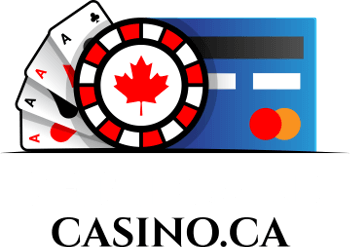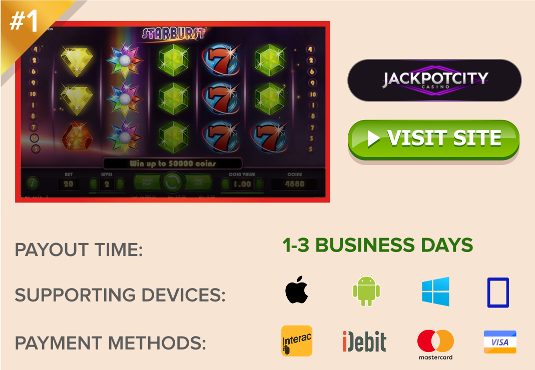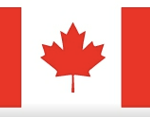How to Calculate Pot Odds without a Calculator
 Of all the advanced poker skills you can acquire, the capacity to calculate pot odds is among the most valuable. Fortunately, it’s also one of the easier skill sets to learn. Yes, there is math involve, but it’s not nearly so complicated as you probably think.
Of all the advanced poker skills you can acquire, the capacity to calculate pot odds is among the most valuable. Fortunately, it’s also one of the easier skill sets to learn. Yes, there is math involve, but it’s not nearly so complicated as you probably think.
But I hate math!
There’s actually not that much math involved. All it takes is simple estimation, combined with basic division. All stuff you learned in grade school. So long as you can look at something and say, “Hmm, this is about 1/5 the size of that,” you can estimate pot odds.
What are pot odds, anyway?
Although not the exact definition, pot odds can simply be viewed as the odds of you wining the pot. More realistically, pot odds are an evaluation of two factors; 1) your chance of winning the hand, and 2) the size of the pot compared to the size of the bet you have to make to compete for it.
When you weigh one against the other, you get the pot odds. If you estimate your chance of winning to be notably greater than the ratio of “your bet” to the current “pot size”, then you’ve got positive pot odds. If the ratio of bet/pot is higher than your chance of winning, you have negative pot odds.
Why do pot odds matter?
Positive pot odds means you are making a good bet. Even if you lose the hand, the risk-versus-reward was worth the chance that you took to win it. Conversely, if you have negative pot odds, the amount of money you might win, compared to the investment you’d have to make to win it, is not worth the risk.
Are pot odds always relevant?
No. Pot odds aren’t relevant if you already have a good hand that’s likely to win. When you have a draw hand, however, you’re often left wondering if it’s worth investing any more chips, or if you should just fold. Pot odds eliminate guess-work and gut-instinct, giving you a definitive answers.
Okay, explain how to calculate pot odds (without a calculator!)
To calculate these odds, you start by determining the odds of making your hand. We do this by adding up the number of outs we need to make a hand that we believe will win, and comparing it to the total number of cards left unseen.
Let’s try a couple of examples…
Example 1 – 9 Outs to a Flush
The turn comes down. You have two spades in the hole and two more on the board. Only one opponent remains between you and the pot. There are still 9 spades (“outs”) remaining, with 46 cards unseen (deck + opponents’ hole cards). The ratio of outs-to-cards is 9/46.
Now to break down that fraction. The proper way is to divide 46 by 9. If you’re a math whiz, or use a calculator, you know that’s 5.11. Otherwise, you can easily estimate by dividing 45 by 9 instead – something we all learned to do in the third grade. The answer is 5, which is pretty darn close to 5.11, right?
Okay, so 9/46 breaks down to “about” 1/5. You have a 1 in 5 chance of hitting your out on the River.
Example 2 – Outside Straight w/ Top Pair
You’ve got A-T underneath with J-9-8 on the board. The Turn brings an Ace. It missed your outside straight draw, but pulled in top pair. Your opponent is betting pretty strong, though, and you’ve read them well enough to put them on a range of Two Pair to Trips. You’re going to need to make that straight, or pull another Ace to secure the win.
You have 10 outs, with 46 cards unseen; a ratio of 10/46. That’s an easy break-down to 1 in 4.6.
Example 3 – Inside Straight w/ Middle Pair
Let’s change things up just a bit. It’s an inside straight, with middle pair. That’s 4 outs to the draw hand and 2 outs for trips; 6 in all. Again, there are 46 cards unseen.
6/46
Not a simple problem, but one we can estimate to be around 1 in 7.5. Why is this easy? Because again, third grade math taught us the divisibles of all single-digit numbers. We know that 46 is about halfway between the nearest divisibles of 6, which are (6*7) 42 and (6*8) 48. So, 6 in 46 has to be right around the middle; 1 in 7.5.
Bet to Pot Ratio
Now for the second half of the equation – comparing your outs percentage to the risk of betting. You need two numbers – the size of the pot and the size of the required bet. Let’s say the pot is currently at $21, and you have to wager $3 to stay in the hand.
That’s a ratio of 3 to 21 (or 1/7).
Evaluating the Results
Now we have our two ratios, all that’s left is to compare them. Remember, if the odds of hitting an out are notably greater than the ratio of bet-to-pot size, you’ve got good pot odds and should make the bet.
In Example 1, we ended with a 1 in 5 chance of hitting an out. 1 in 5 is definitely greater than 1 in 7, so this is a good bet.
“Wait, wait, wait… isn’t 7 higher than 5?”
Yes, but, no… In fractions, you have to think of each “1 in ?” as a portion of a whole. Imagine you have two pies. Both are the same size. You cut one pie into 7 equal slices, and the other into 5 equal slices. The 5-slice pie has less slices, but each slice is larger than that of the 7-slice pie. Thus 1 in 5 is substantially larger than 1 in 7.
As for Example 2, your pot odds are even better in this scenario. The odds of hitting an out are 1 in 4.6, compared to a 1 in 7 bet-to-pot ratio. Again, this is a bet worth making.
What about Example 3? In that hand, we came to about a 1 in 7.5 chance of hitting an out, which is slightly worse than the 1 in 7 bet-to-pot ratio. These are bad pot odds, thus the hand should be folded.
 Jackpotcity.com is our editorial pick for your gaming needs. Currently offering an entire suite of casino games, as well as a wide range of Canadian deposit options, JackPotCity truly offers world-class gaming.
Jackpotcity.com is our editorial pick for your gaming needs. Currently offering an entire suite of casino games, as well as a wide range of Canadian deposit options, JackPotCity truly offers world-class gaming.





